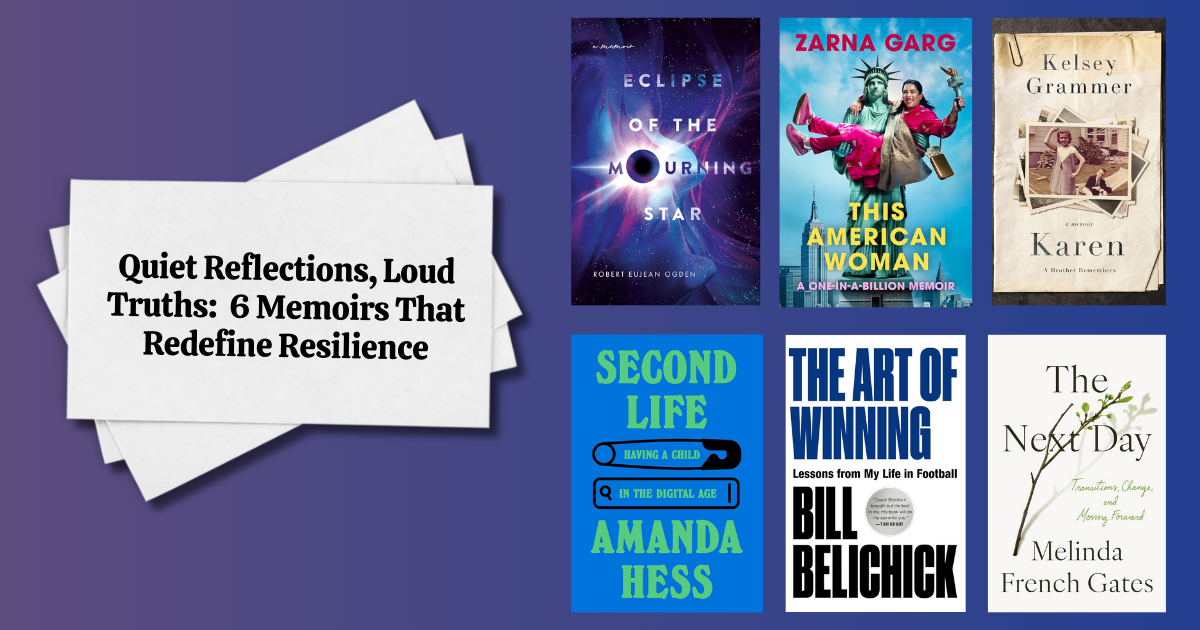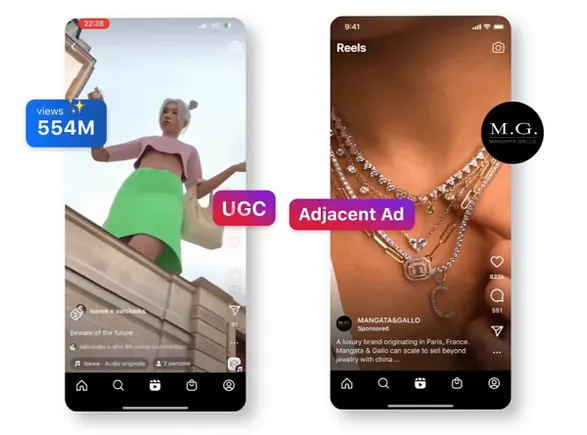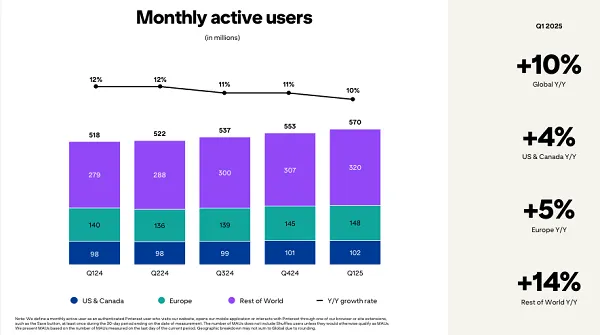The beauty world is in a full-on frenzy with diverse skin care products dropping per second in the market. A stroll through the beauty aisles at stores might have you buying products you truly don’t need. Let’s call it skincare pressure — a tendency to load up your skin with much more than it can handle.
A person could go on skincare overload to satisfy a craving, to please one’s self, or for the general feel-good vibe. Speaking of feelings, unlike its semantic counterpart, orgasm, a skin-gasm is mostly a distasteful experience that would have you regretting your choice. This circles us all the way back to believing that indeed when it comes to skincare, less can be more.
Social Media is like a water body filled with both amiable dolphins and lethal sharks. One minute you’re trying out at-home micro-needling or sunscreen contouring (which are flawed concepts by the way), and the next thing you’re onto something positive, like a skin cycling routine. That’s TikTok in one sentence. This time, the TikTok beauty influencers and dermatologists seem to agree on something beneficial for the skin. With mostly positive reviews, skin cycling is a must-try. Skin cycling is one of the few social media beauty trends I’m willing to surrender my skin to because it works.
What is skin cycling?
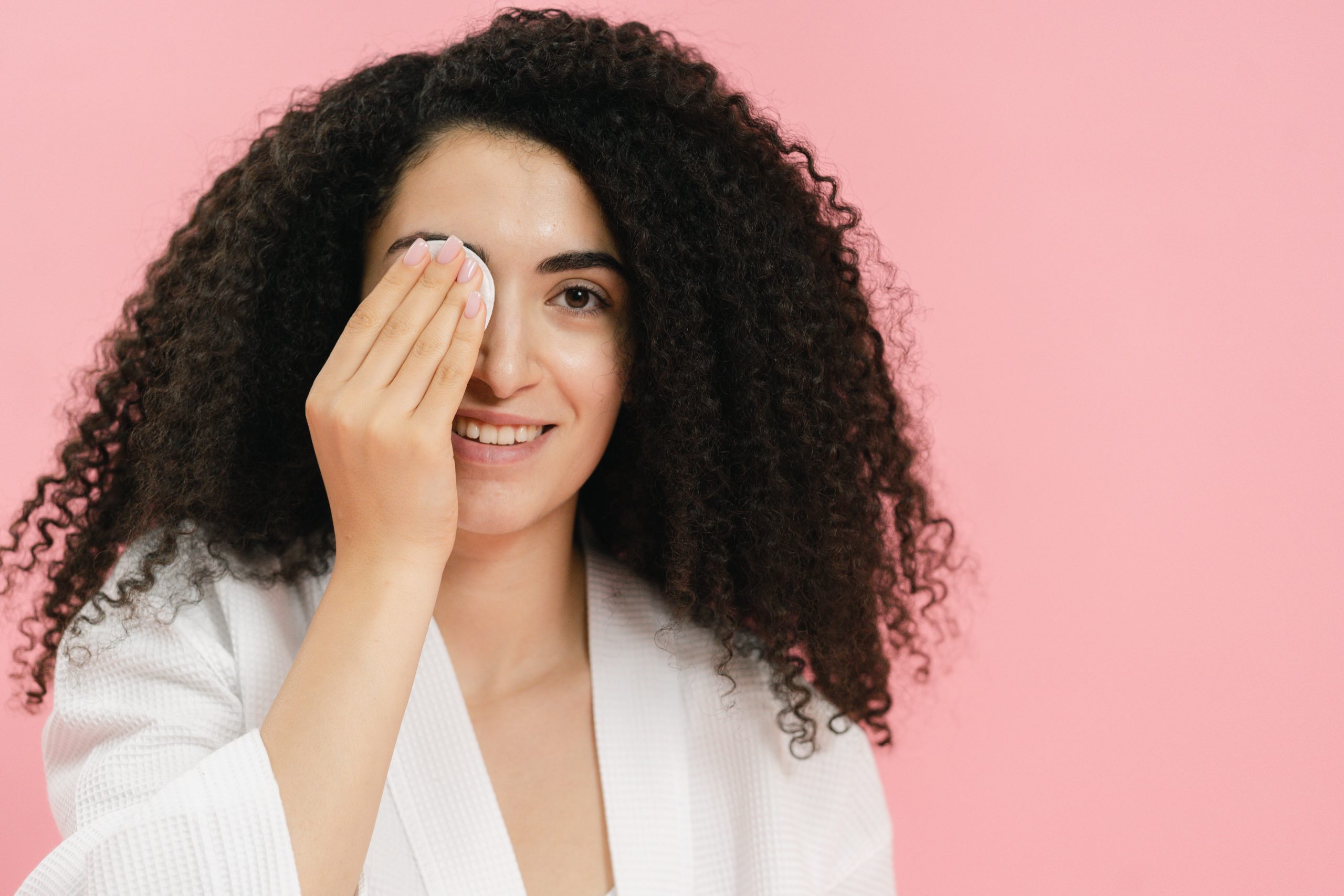
Skin cycling became a sensation through Dr. Whitney Bowe, a New York-based dermatologist with more than 985,200 followers on TikTok. This Gen-Z trend has blown into the mainstream with over 110 million views on the hashtag #skincycling and overall posts that mention skin cycling have garnered 3.5B views collectively.
Skin Cycling is a 4-night skincare routine broadly divided into product application and recovery nights. Everyone deserves a break to recover and flourish, and your skin (the largest organ in your body) sure could use some of that rest.
How does skin cycling work?
This minimalist approach to skincare might be a timely intervention to the skin care products craze that has taken over the majority. Apart from the pricey nature of skin care products, it’s easy to bombard the skin with more than what it truly needs.
Skin cycling consists of four nights of different procedures, of which 2 are slated for recovery.
Night 1
Dr. Bowes recommends using a chemical exfoliator, as it is more effective and gentle on the skin. An exfoliator containing ingredients like AHAs, BHAs, and PHAs is her top choice. After cleansing your skin, pat dry and apply a chemical exfoliator and moisturizer.
Night 2
Always remember to cleanse, after which it’s time to apply retinoids to your skin. Retinoids help reduce the appearance of fine lines and wrinkles. Retinoids, when used wrongly, can irritate the skin, hence the need to moisturize sensitive areas like under the eyes and nose before applying. Most dermatologists suggest using a hydrating cream before applying the retinoid, and/or a humectant like glycerine after applying the retinoid. The key is to always stay hydrated all night long.
Night 3/4
These are the recovery nights where you put a pause on the exfoliators and retinoids. You want to allow your skin some air by simply hydrating and moisturizing it. Cleanse, apply some hydrating serum, and moisturize. It’s okay not to pat dry on these nights.
The morning routine
Dr. Bowe recommends using a mild cleanser, vitamin C serum, a barrier-protecting cream, and sunscreen for the morning routine.
Note: Check with your dermatologist to ensure that skin cycling works with your skin type. Dr. Bowe recommends you personalize and switch up your routine over time. It all depends on how consistently you stick to your routine.
What are the benefits of skin cycling?
#1. Skin barrier repair
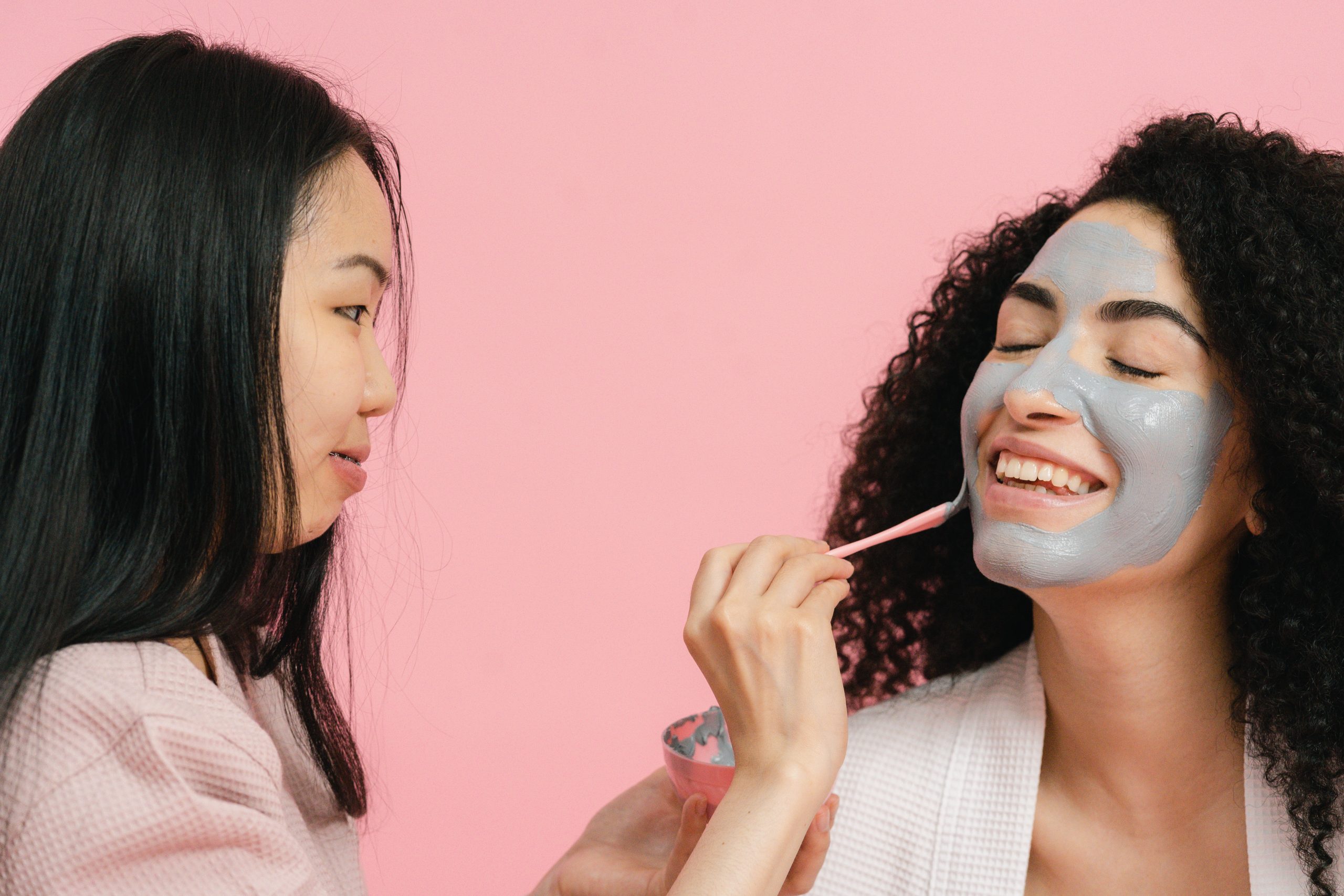
We might have slapped on so many skincare products mindlessly that we may have compromised our skin barrier. Having a healthy skin barrier helps prevent some skin conditions, like acne. Skin cycling helps the skin recover from the effects of skin products on the skin, especially on recovery nights.
#2. Seasonal protection
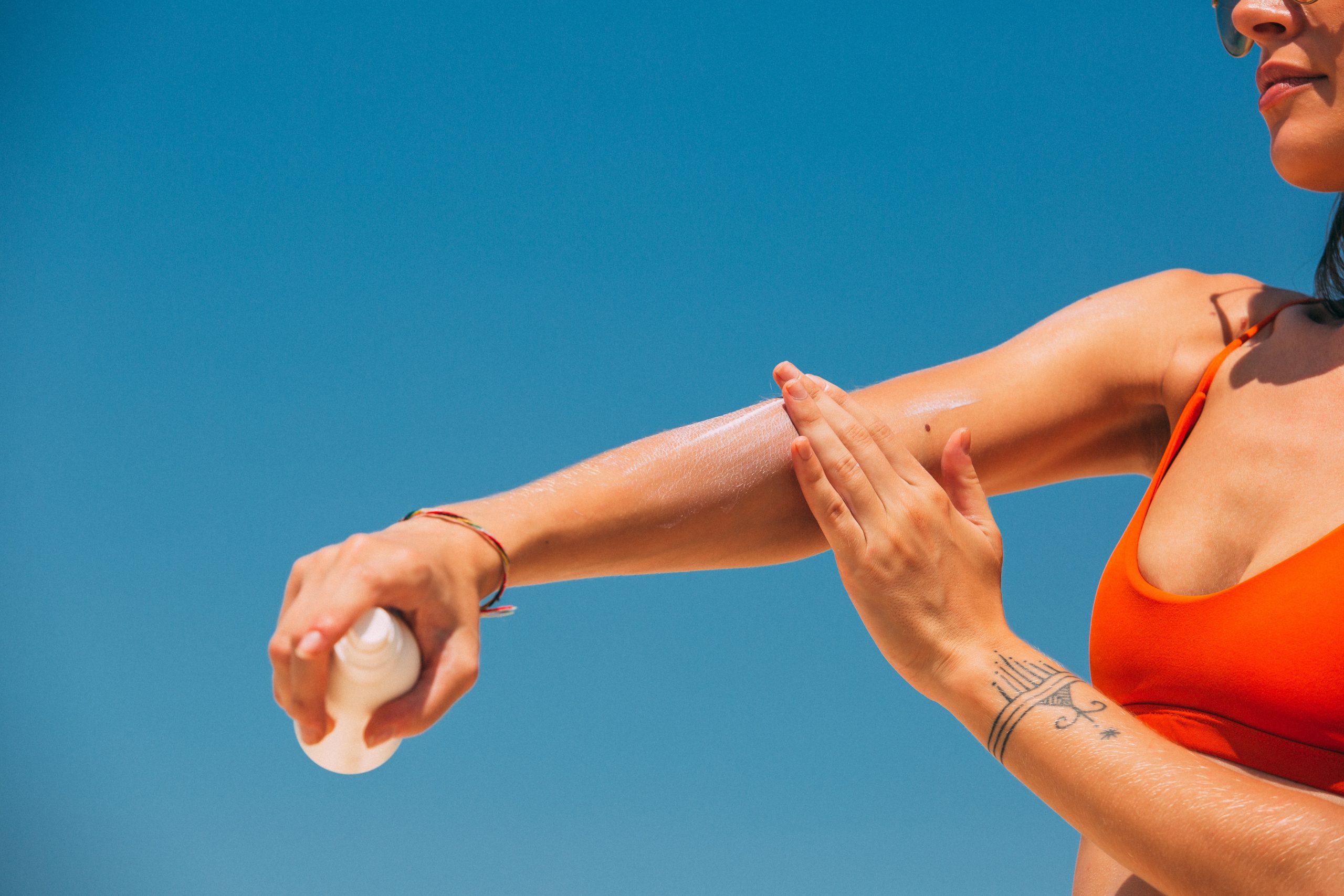
The skin responds differently to the weather. While some flourish during the warmer seasons, others feel flushed half the time due to the unrelenting heat. The cold weather can also leave the skin feeling dry. With skin cycling, you listen to your skin and tweak the routine accordingly. Ultimately, your skin remains moisturized and protected enough to accommodate seasonal changes.
#3. It is beneficial for all skin types
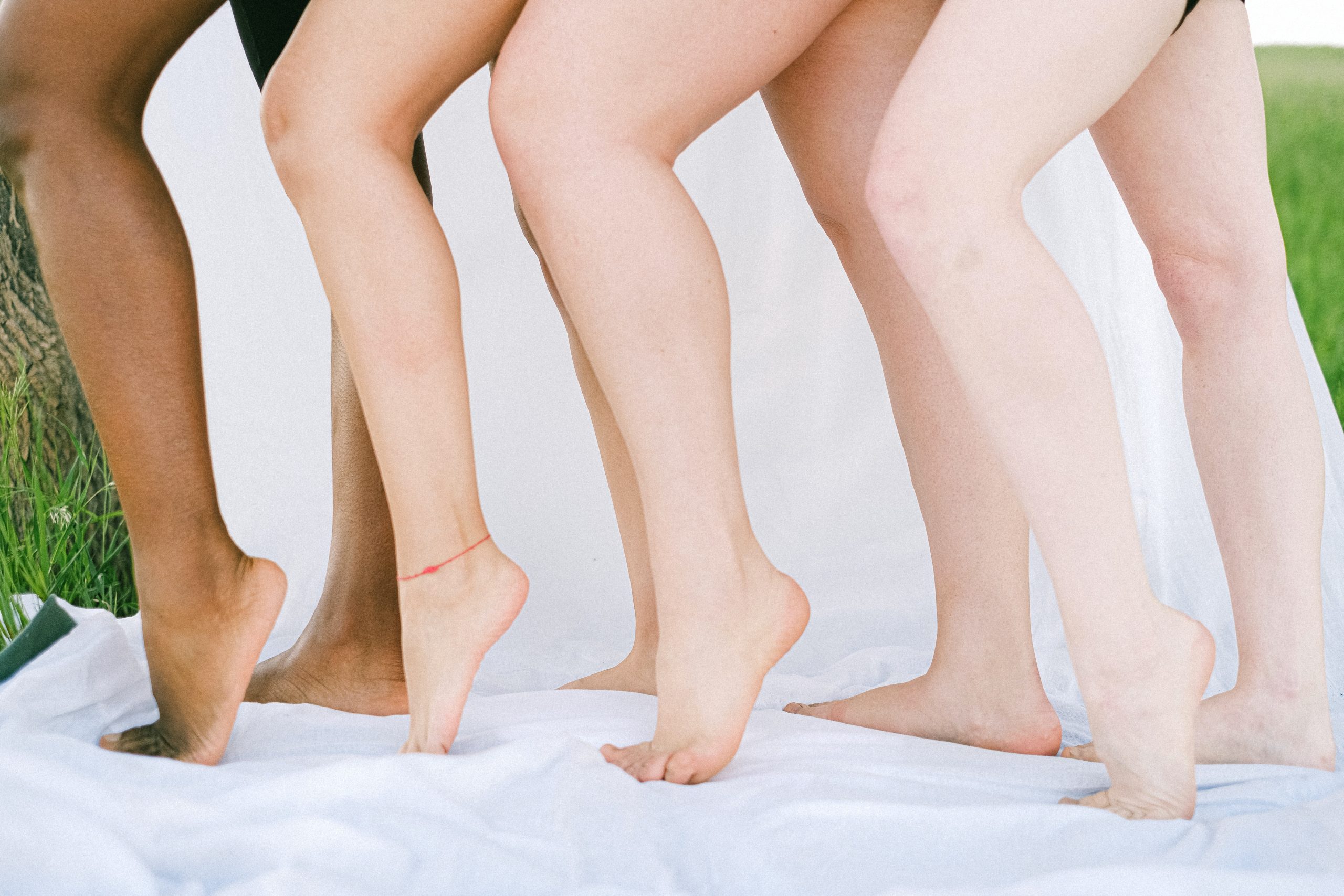
It doesn’t matter if you have dry or oily skin, skin cycling knows how to meet your skin’s needs. The goal is to personalize according to your skin type. If you have sensitive skin or a skin condition, consider using a lower concentration of retinoid, or either increasing or reducing recovery nights. One of the reasons why this trend is still a viral sensation is its flexibility.
#4. It requires no prior skincare experience
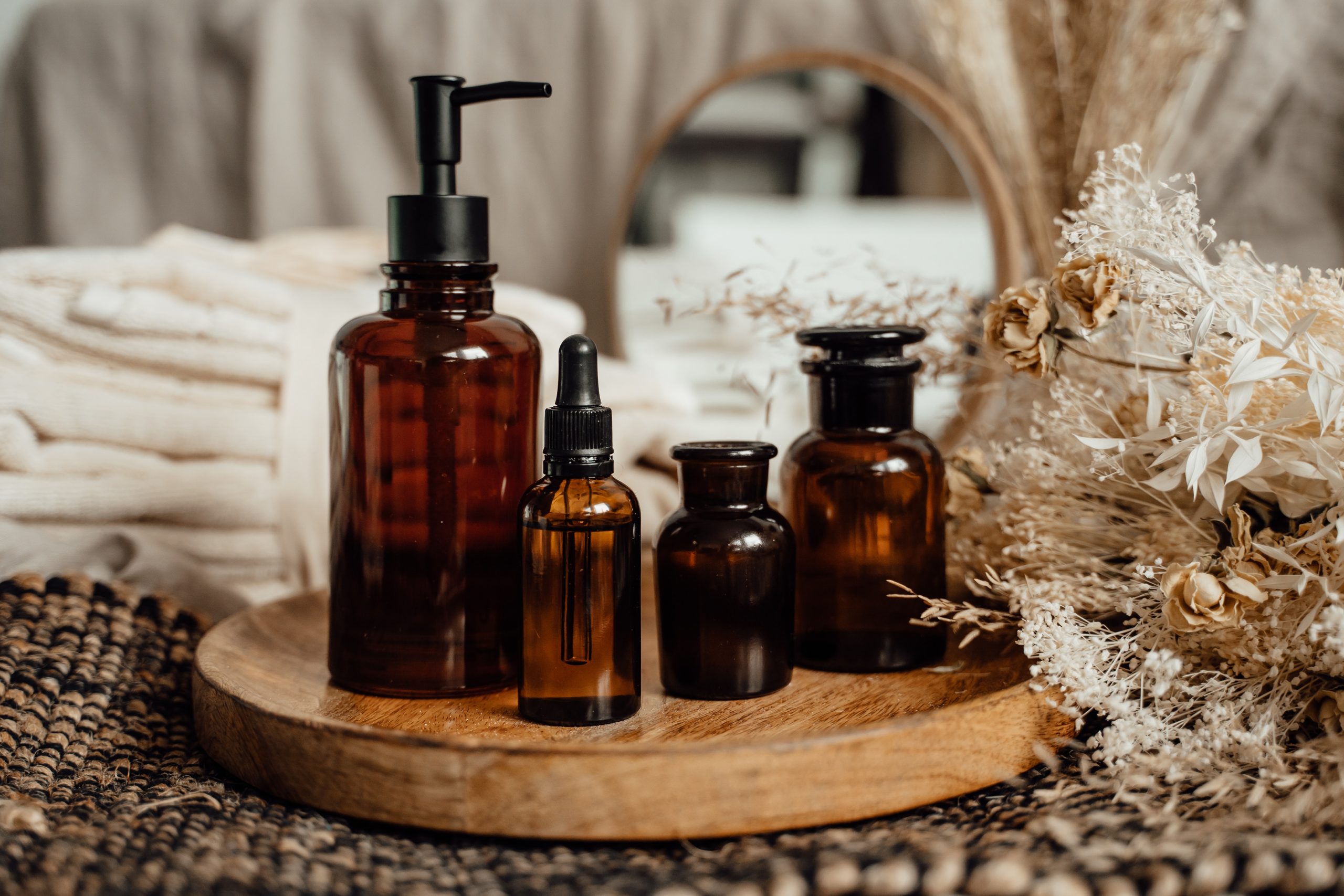
There are so many skincare routines and products out there that a beginner could start to feel swamped. The great part of skin cycling is its straightforward and simple approach to skincare. A 4-day cycle and repeat. It doesn’t get simpler than that.
#5. Introduces actives with no irritation
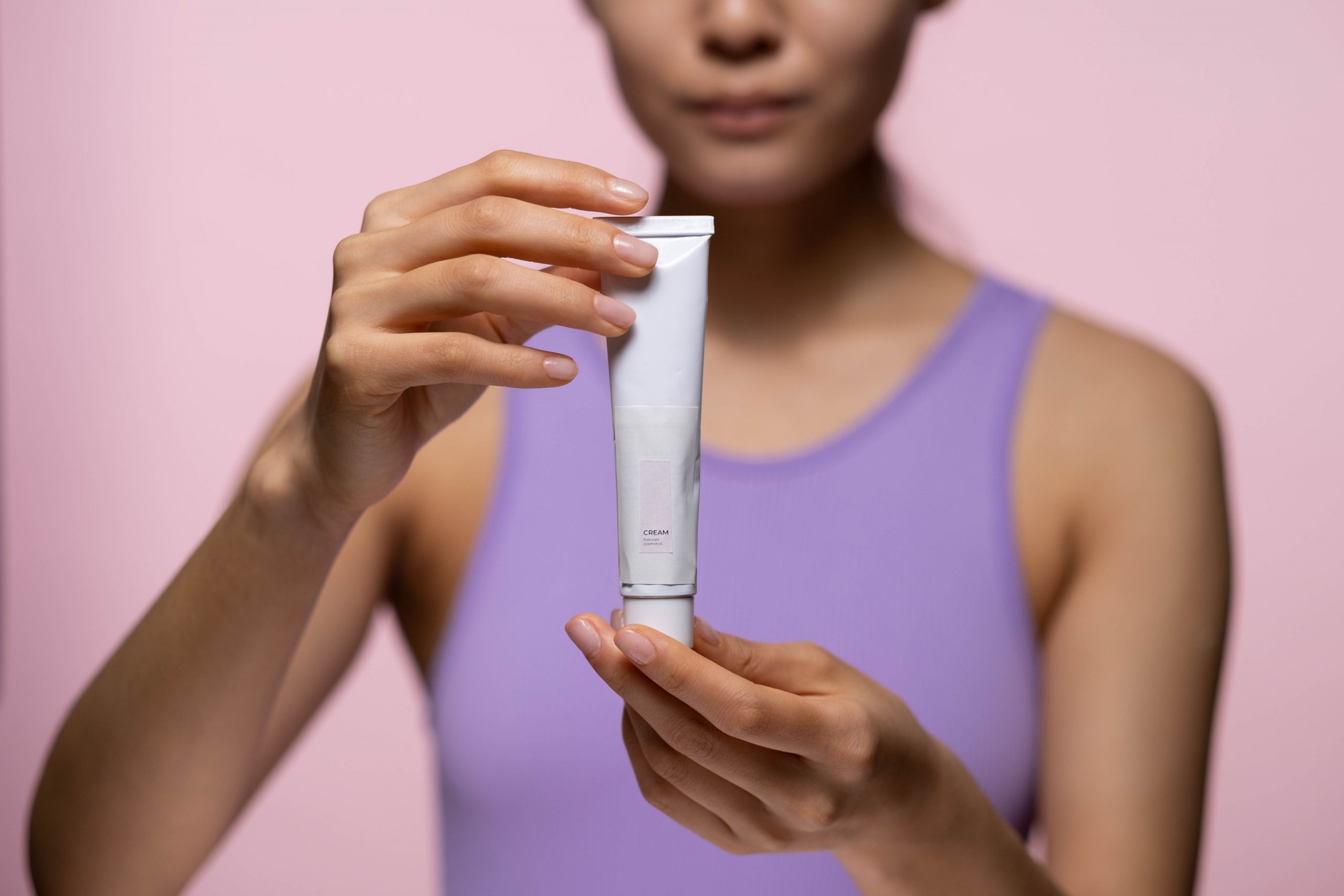
Being deliberate about your skin and inculcating relevant skin actives into your routine is a pathway to healthy skin. If we as much as we slap the wrong amount of actives on our skin, these same potent ingredients could work against us. Skin Cycling helps regulate this process.
Who should avoid skin cycling?
• If you have an already existing skin condition, like acne, speak to your dermatologist first.
• If you already use exfoliator/retinoid daily without irritation, the typical skin cycling routine may not be as beneficial. You might have to stick to your already existing routine or add a salicylic acid toner to your daytime routine and a blend of exfoliating acids on Night 1.
Featured image: @temiotedola/Instagram
For the latest in fashion, lifestyle and culture, follow us on Instagram @StyleRave_




















































